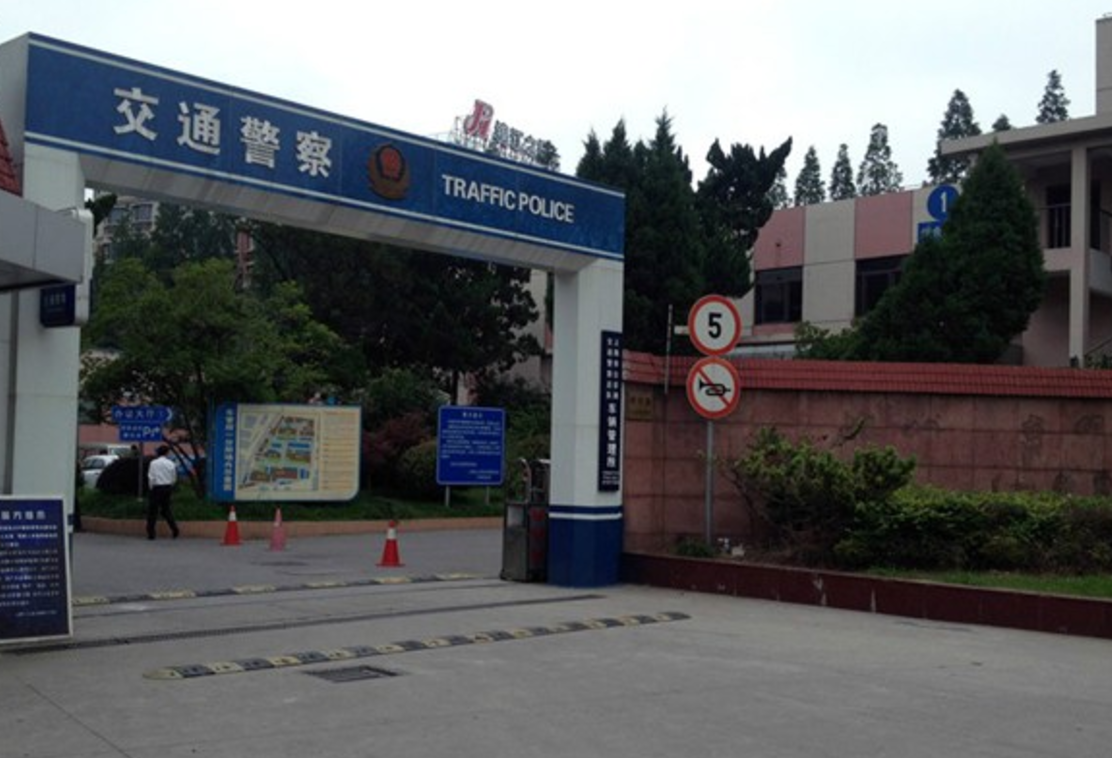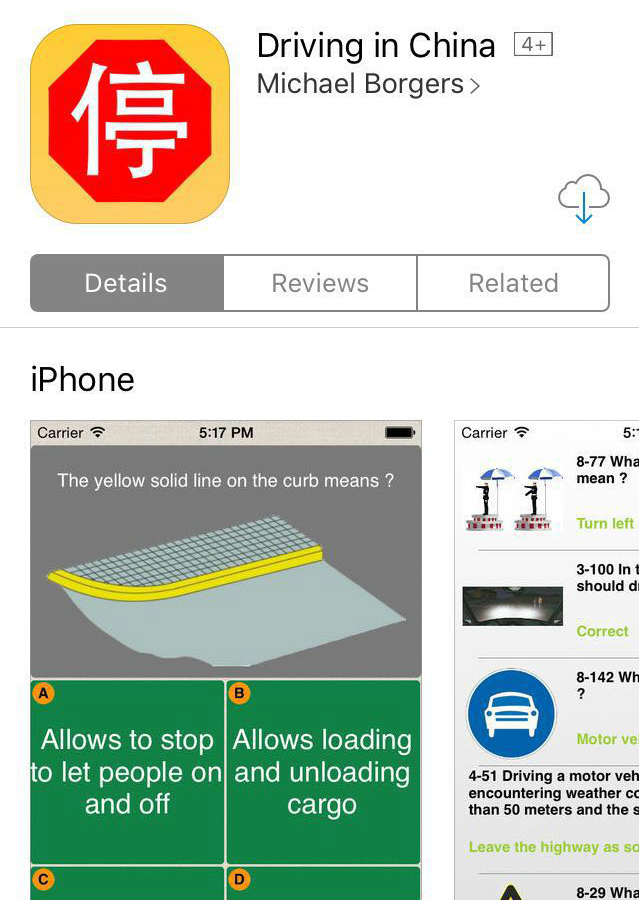How to Get a Chinese Driving License
Frustratingly, China doesn’t accept the use of international driving licenses on its roads, meaning if you’re a foreigner and you want to drive here, you’ll need to get yourself a Chinese driving license. The process for foreigners to do this can seem a little confusing, but with a bit of preparation and an acceptance of Chinese bureaucracy, it doesn’t need to be too painful.
1 Get your foreign license translated
2 Have all your documents photocopied
- Your passport, plus a photocopy of the photo page and of your current visa (which must be valid for at least 90 days)
- Your temporary registration form from your local police station
- Photocopies of both sides of your foreign license along with the original, plus the chopped translation (see above)
3 Sort out a health certificate
4 Head to the SVMB

5 Study

6 Take the test


 7 Days GolfingTour
7 Days GolfingTour
 8 Days Group Tour
8 Days Group Tour
 8 Days Yunnan Tour
8 Days Yunnan Tour
 7 Days Shangri La Hiking
7 Days Shangri La Hiking
 11 Days Yunnan Tour
11 Days Yunnan Tour
 6 Days Yuanyang Terraces
6 Days Yuanyang Terraces
 11 Days Yunnan Tour
11 Days Yunnan Tour
 8 Days South Yunnan
8 Days South Yunnan
 7 Days Tea Tour
7 Days Tea Tour
 8 Days Muslim Tour
8 Days Muslim Tour
 12 Days Self-Driving
12 Days Self-Driving
 4 Days Haba Climbing
4 Days Haba Climbing
 Tiger Leaping Gorge
Tiger Leaping Gorge
 Stone Forest
Stone Forest
 Yunnan-Tibet
Yunnan-Tibet
 Hani Rice Terraces
Hani Rice Terraces
 Kunming
Kunming
 Lijiang
Lijiang
 Shangri-la
Shangri-la
 Dali
Dali
 XishuangBanna
XishuangBanna
 Honghe
Honghe
 Kunming
Kunming
 Lijiang
Lijiang
 Shangri-la
Shangri-la
 Yuanyang Rice Terraces
Yuanyang Rice Terraces
 Nujiang
Nujiang
 XishuangBanna
XishuangBanna
 Spring City Golf
Spring City Golf
 Snow Mountain Golf
Snow Mountain Golf
 Stone Mountain Golf
Stone Mountain Golf













